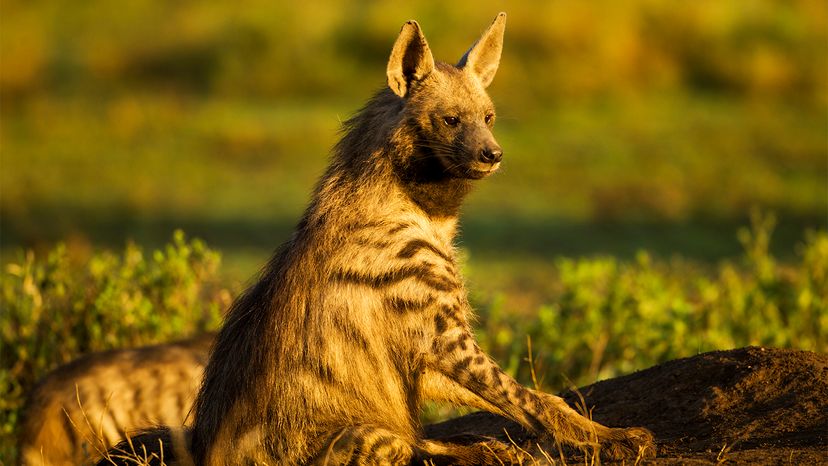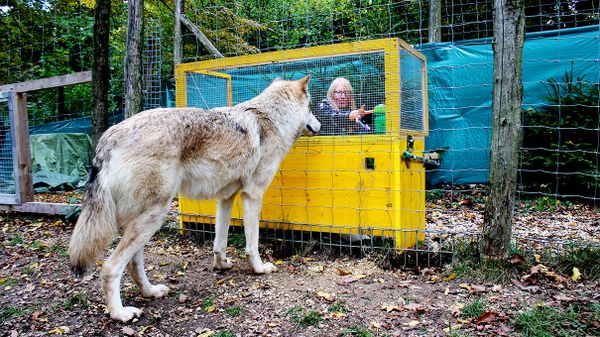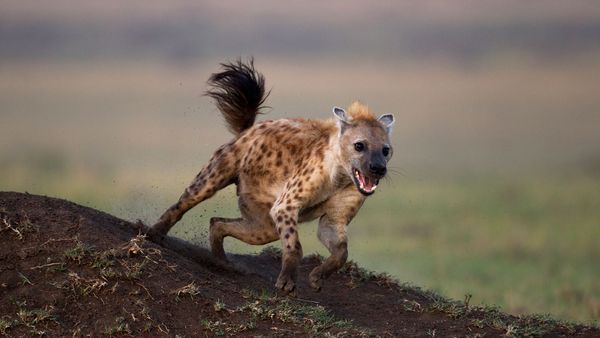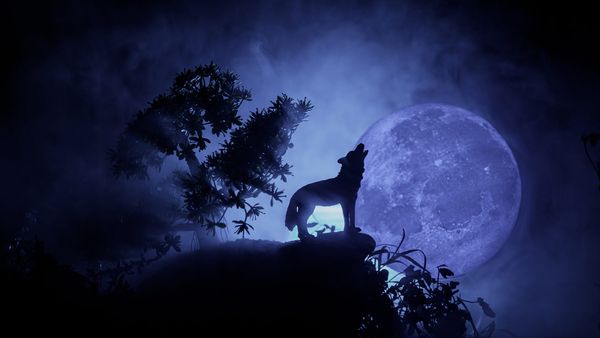
Hyenas have a bad rap, possibly because "The Lion King" didn't do them any favors. But, first of all, there's nothing wrong with hyenas — they're an important part of the ecosystems they inhabit. Secondly, not all hyenas are created equal: Some species are solitary while others are social, some are scavengers, some are mostly predators, and others, like the aardwolf (Proteles cristata), bear very little resemblance to any other living hyena species.
To look at an aardwolf — or to hear its name — you might think it's related to an aardvark or a dog, but it's actually the only remaining member of a group of dog-like hyenas. Other hyenas are heavier-bodied, and feliform ("cat-like"), with strong jaws made for crushing bones. Native to the shrublands of southern Africa, as well as a portion of eastern Africa, aardwolves resemble a little striped fox with a mohawk, and are the smallest, most delicate hyena species — the largest aardwolf weighs only around 22 pounds (10 kilograms). But the most unusual thing about an aardwolf is its diet: Unlike most of the world's carnivores, it rarely eats meat. Like an aardvark, it eats insects.
Advertisement
Aardwolves have sharp canine teeth they use for defense, but they rely on their long, sticky tongues and specialized peg-like "cheek teeth" to feed. These shy, nocturnal creatures forage solitarily and can lap up over 200,000 termites every night. Since they make great snacks for larger carnivores like jackals, aardwolves spend their days underground in a den they dug themselves or, better yet, they found abandoned by some other animal.
This lifestyle results in aardwolves being the least social of all the hyenas, although they do communicate with others of their species by smearing a black fluid they secrete from their anal glands around the landscape to mark their territory. They also pair up in monogamous couples to raise pups. As with most other animals that join forces to raise young, aardwolves are socially monogamous, rather than sexually monogamous. Both males and females have been observed mating outside their "monogamous" pairs, but they have one primary mate — a partner with whom they defend a territory that contains as many termite mounds as they need to feed themselves and their pups.
Advertisement


